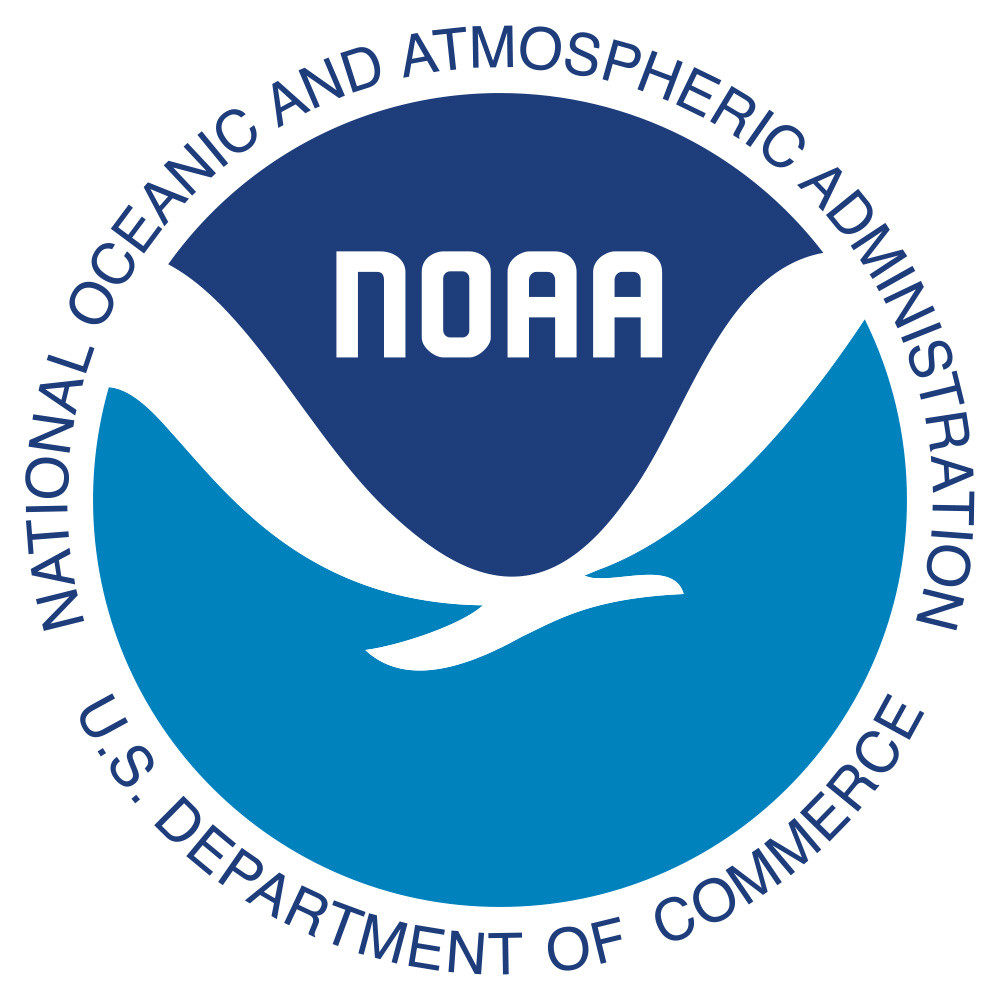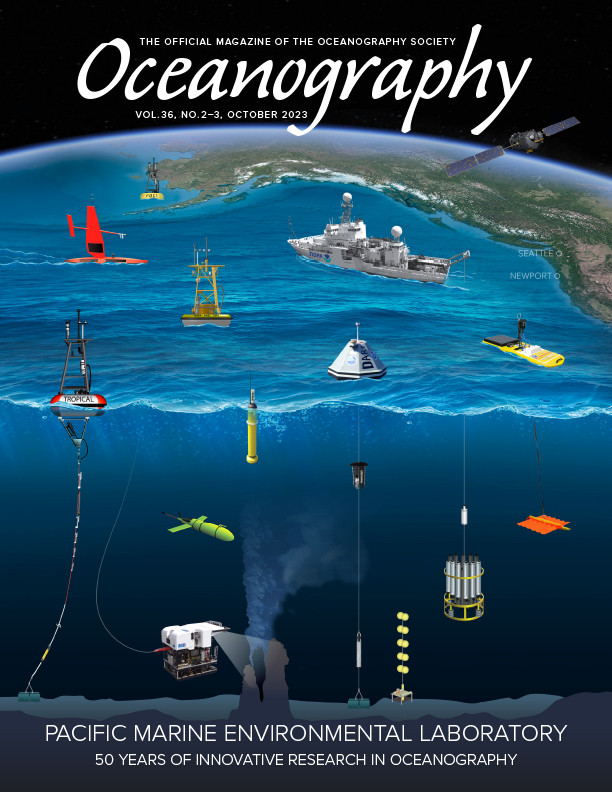Full Text
 |
This year marks the 50th anniversary of NOAA’s Pacific Marine Environmental Laboratory (PMEL). This world-class research facility has proven itself a global leader in the development and deployment of innovative strategies for ocean observation and monitoring. It is thanks to the dedicated work of PMEL researchers that we have advanced our understanding of the climate and weather nexus, ocean acidification, marine ecosystems, and ocean and coastal processes, all while advancing science technology innovation.
Prior to becoming NOAA’s Administrator, I served as the Assistant Administrator for NOAA Research. I am keenly aware of and take great pride in PMEL science and engineering innovations. From MAPCO2, Deep Argo, FOCI, and DART, the work at PMEL helps us to better understand our planet and protect the lives, livelihoods, and lifestyles of the public we serve.
The full list of accomplishments that PMEL has achieved in the past 50 years is long, but there are certainly some standouts.
Notably, PMEL has helped strengthen climate science with Argo, the Global Tropical Moored Buoy Array, the Kuroshio Extension Observatory, Ocean Station Papa, the Research Moored Array for African-Asian-Australian Monsoon Analysis and Prediction (RAMA), and more. NOAA’s ability to build a Climate Ready Nation and equip decision-makers with needed climate information is informed by the work of these initiatives.
Additionally, scientists at PMEL have conducted seminal research on the changing ocean carbon dioxide chemistry and its impact on marine ecosystems–research which ultimately led to shifting public perception of ocean acidification and climate change mitigation. The dedicated work of PMEL scientists has also given us a better understanding of Arctic oceanography and ecosystems and how climate change is affecting marine polar regions.
And critically, the work underway at PMEL is helping save lives, as seen in the increased speed and accuracy of operational tsunami forecasts and warnings. It’s examples like this that demonstrate how crucial PMEL is to the day-to-day lives of people around the world who benefit from this research.
PMEL research and exploration also foster imagination and fascination with the deep ocean and all that we might learn about our planet and the origin of life in the coming years. From contributing to the curation of the spectacular Smithsonian National Museum of Natural History Sant Ocean Hall to continuing to educate the public about the wonder of the ocean—PMEL scientists continue to inspire the next generation of scientists and researchers from the time they are children.
All of these remarkable undertakings cannot be accomplished alone. Co-located with the NOAA Fisheries Northwest Fisheries Science Center and Alaska Fisheries Science Center, PMEL fosters partnership across the NOAA line offices.
PMEL also works side by side with scientists from three NOAA Cooperative Institutes. The Cooperative Institute for Climate, Ocean, and Ecosystem Studies (CICOES) at the University of Washington is one of the oldest and largest of NOAA’s Cooperative Institutes, conducting research at the forefront of climate change, ocean processes, and fisheries. The Cooperative Institute for Marine and Atmospheric Research (CIMAR) at the University of Hawai‘i Mānoa extends NOAA’s work in the Indo-Pacific region, conducting cutting edge research to inform coastal and marine resource management. The Cooperative Institute for Marine Ecosystem and Resources Studies (CIMERS) at Oregon State University advances innovative multidisciplinary research in support of the NOAA mission.
Fifty years ago, it would have been difficult to imagine that we would know what we do about the ocean on such a granular level. Getting to where we are today has taken generations of dedication, innovation, and cooperation from the staff at PMEL. I can only imagine the knowledge we stand to gain and the advancements we stand to make in the next 50 years.
| Richard W. Spinrad, Ph.D. Under Secretary of Commerce for Oceans and Atmosphere and NOAA Administrator |

